IN HIS SEMINAL VOLUME on the environmental history of China, The Retreat of the Elephants (2004), Mark Elvin characterises the gradual disappearance of China’s elephants as a 3,000-year war between humans and elephants, ending in the final eradication of the animals from east and central China in the Yuan and Ming dynasties (between 1271 and 1644). Although he notes that ivory carving goes back millennia in China, the craft did not gain widespread popularity until the Ming dynasty, at which point elephants only survived in the wilds of China’s borders with South-East Asian countries.
As China is historically, and likely to remain, the largest consumer of both legal and illegal elephant ivory, conservationists have concentrated their efforts there since the 1990s. It seems that the war is not over: it has simply expanded across the globe. However, government efforts to stop the trade in poached ivory have accelerated in 2016 and 2017 and there is some room for optimism.
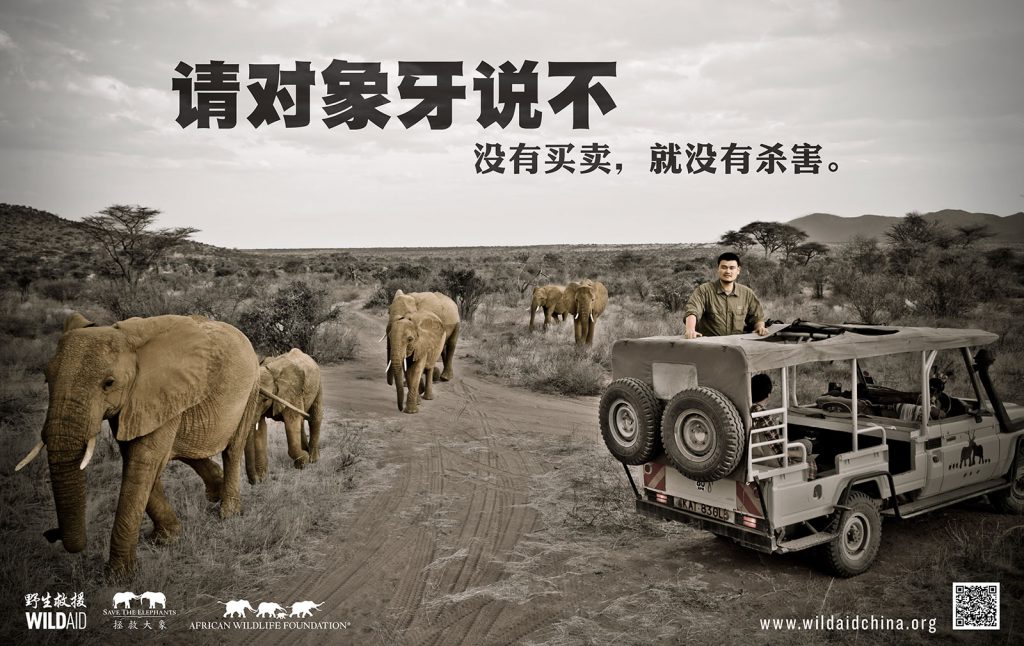
‘Say no to ivory! If there is no market, there is no killing.’ Yao Ming features in a WildAid campaign poster. WildAid advertisements are a common sight in China’s airports Source: WildAid
To great acclaim, China banned the sale and carving of ivory in 2017, following a similar ban in the United States six months earlier. There had previously been a number of attempts around the world to ban the ivory trade, including the 1990 ban under the Convention on International Trade in Endangered Species of Wildlife Fauna and Flora, and the Accra Declaration of 2006 that was signed by nineteen African nations. These efforts concentrated on African supply, with many in China, including the government’s own State Forestry Administration, arguing that conservation efforts should continue to focus on Africa. Partly based on the advice of domestic conservationists, such as Zhang Li 张立 of Beijing Normal University, the PRC State Council overruled these arguments and the State Forestry Administration soon announced the details of the ban. By 31 March, sixty-seven of the legally operated carving facilities and sales offices were closed, with the remaining 105 offices to close by the end of 2017. However, trade will continue in Hong Kong, the largest ivory market in the world, facilitating China’s black market until the end of 2021, the date the local government, which has autonomy on this issue, has decided its stores will be permanently shut. These moves to ban ivory accord with public sentiments following years of campaigning by conservationists and celebrities such as Jackie Chan 成龙, television star Lin Chi-ling 林志玲, and basketball player Yao Ming 姚明.
Although ivory carving has a long history in China, it is only in recent decades that Chinese consumption of ivory surpassed that of Western countries. With affluence came a taste for carved ivory. Now that the government has banned the carving and trade of elephant ivory, artisans and consumers have had to turn to other sources. China is not alone in this. For hundreds of years, people around the world have turned to walrus, narwhal, hippopotamus tooth, and mammoth ivory as substitutes, although the supply of these types of ivory also appears unable to cope with current demand. Many mammoth ivory carving shops operate in Guangdong, a centre for ivory carving since the 1950s, and many carvers sell their work globally through Hong Kong.
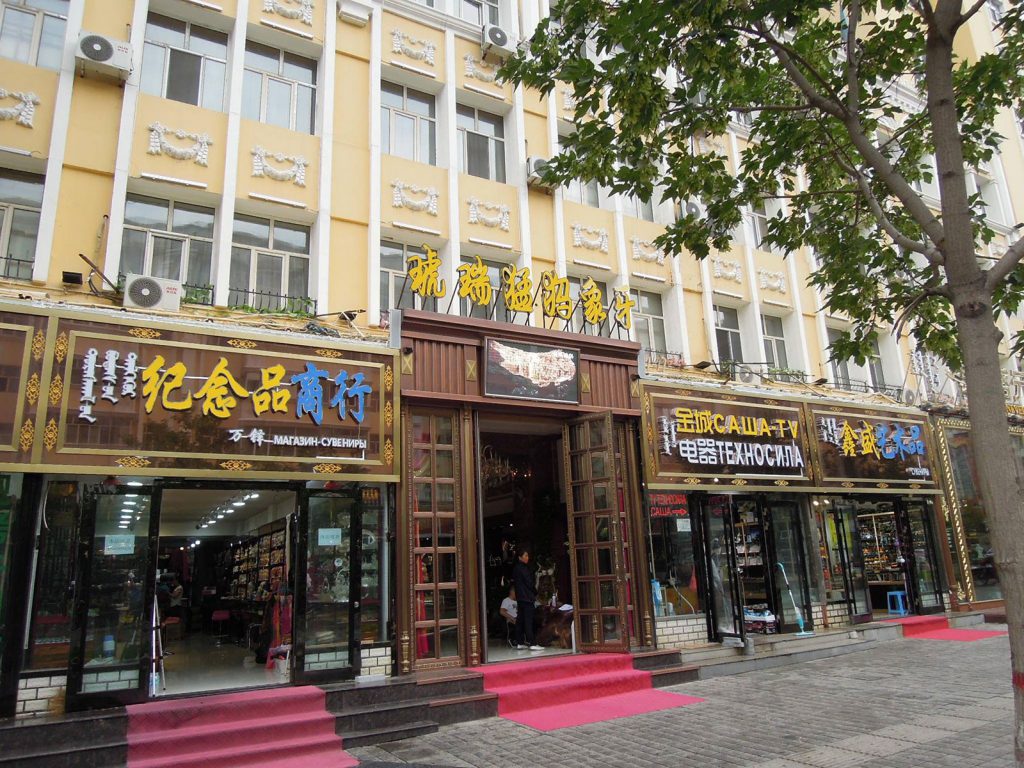
The Hurui Mammoth Ivory shop in Manzhouli. Situated on the affluent China–Soviet Road in the affluent border city of Manzhouli, this shop provides Chinese tourists with expensive carvings of mammoth ivory sourced in Siberia
Photo: Craig A. Smith
Products available on Taobao, China’s largest online retailer, indicate the shift in demand, as well as the new regulations. Searches for elephant ivory no longer offer any results. Searches for walrus and narwhal tusks bring a few limited results. However, searches for mammoth ivory yield tens of thousands of results, ranging from beads priced at less than one RMB to complete mammoth tusks priced at RMB100,000 (AU$20,000).
Many products advertised as ivory are, in fact, man-made resin or plastic. Good quality synthetic products are increasingly difficult to distinguish from the real thing. In Esmond Martin and Lucy Vignes’s 2011 report on the ivory trade in southern China, The Ivory Dynasty, the authors found synthetics passed off as real ivory in some shops, whether deliberately or
unintentionally. Mammoth ivory is particularly difficult to identify, and even professional carvers need to carefully examine pieces under a magnifying glass, unless the distinctive rust-coloured exterior has not been removed.
But the use of ivory alternatives is necessary, as demand will not disappear. In 2007, the government listed ivory carving as an intangible cultural heritage. Rediscovering Chinese traditions and supporting domestic arts are extremely important for both the Chinese people and the Party-state, which draws on its support and protection of tradition to bolster its legitimacy. Although the fate of African elephants will remain precarious, in 2017 early reports indicated a drop in poaching due to both the official government ban and a Chinese population that is increasingly affluent, but also increasingly concerned with conservation and the environment.
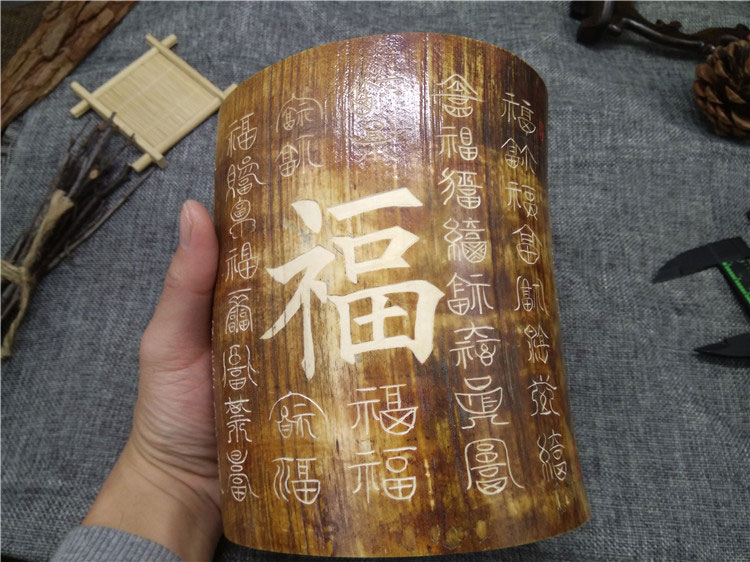
This 1.84 kg pen or brush holder is advertised on mammothjewelry.com, the website of a Zhuhai-based retailer that sells to buyers in mainland China, Hong Kong, and Taiwan
Source: Baidu
Notes
Gao Yufang and Susan G. Clark, ‘Elephant ivory trade in China: Trends and drivers’, Biological Conservation 180, (2014): 23–30.
The State Forestry Administration released details of the ban and listed stores and carvers on their website. See: http://www.forestry.gov.cn/main/1042/content-960610.html
